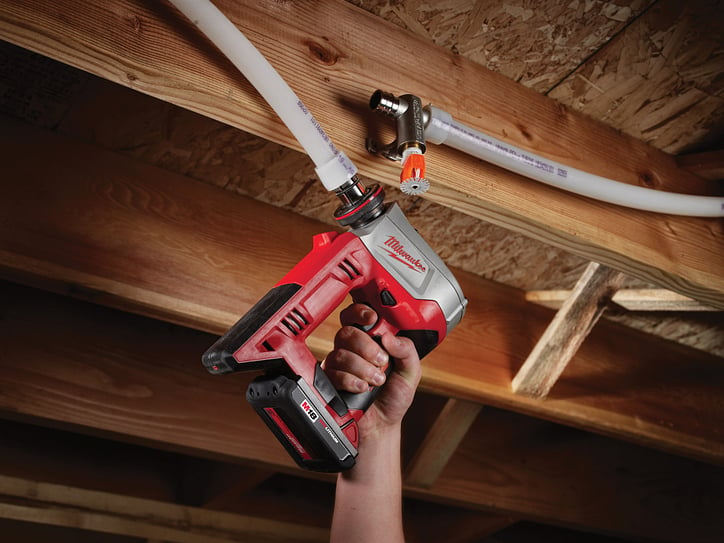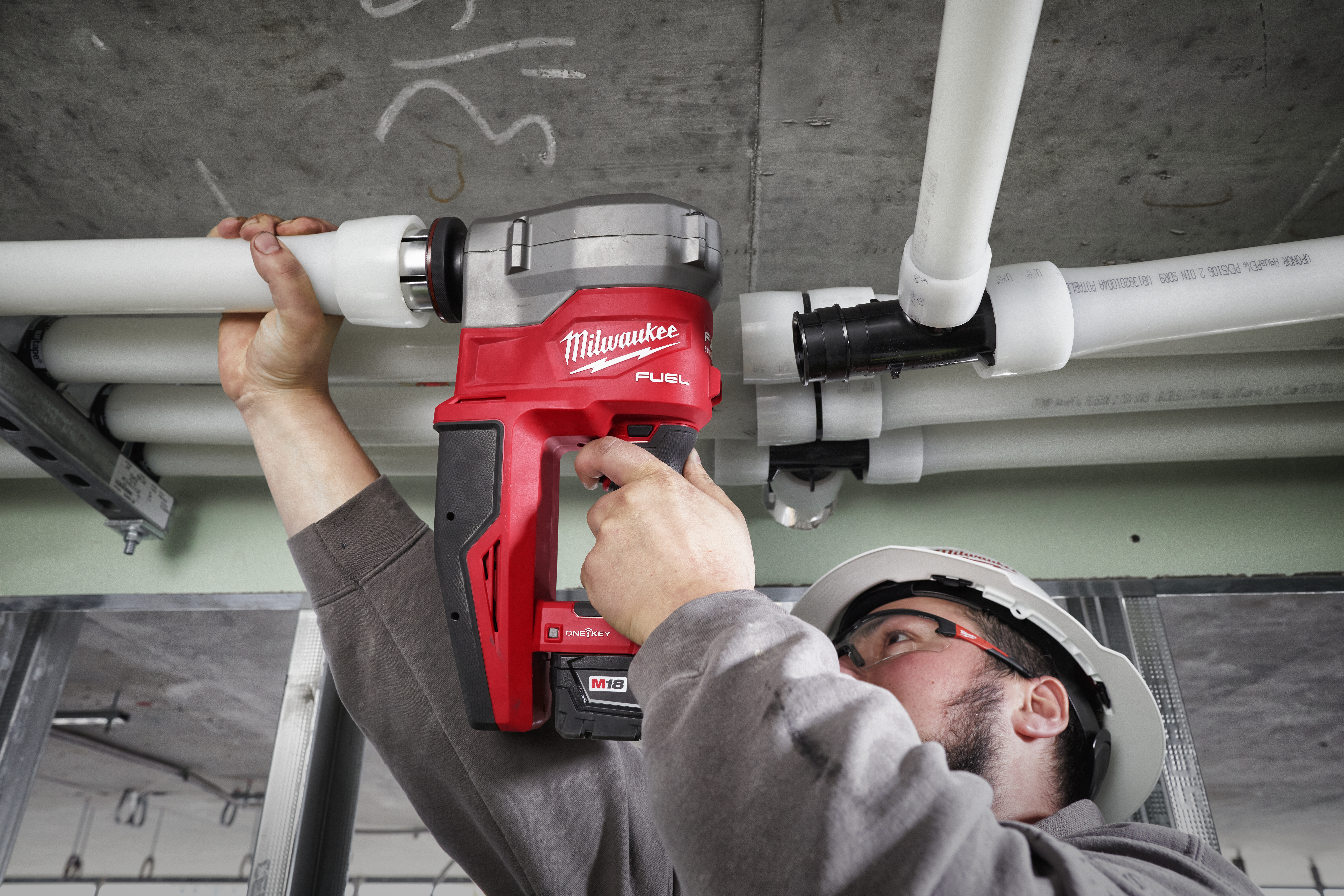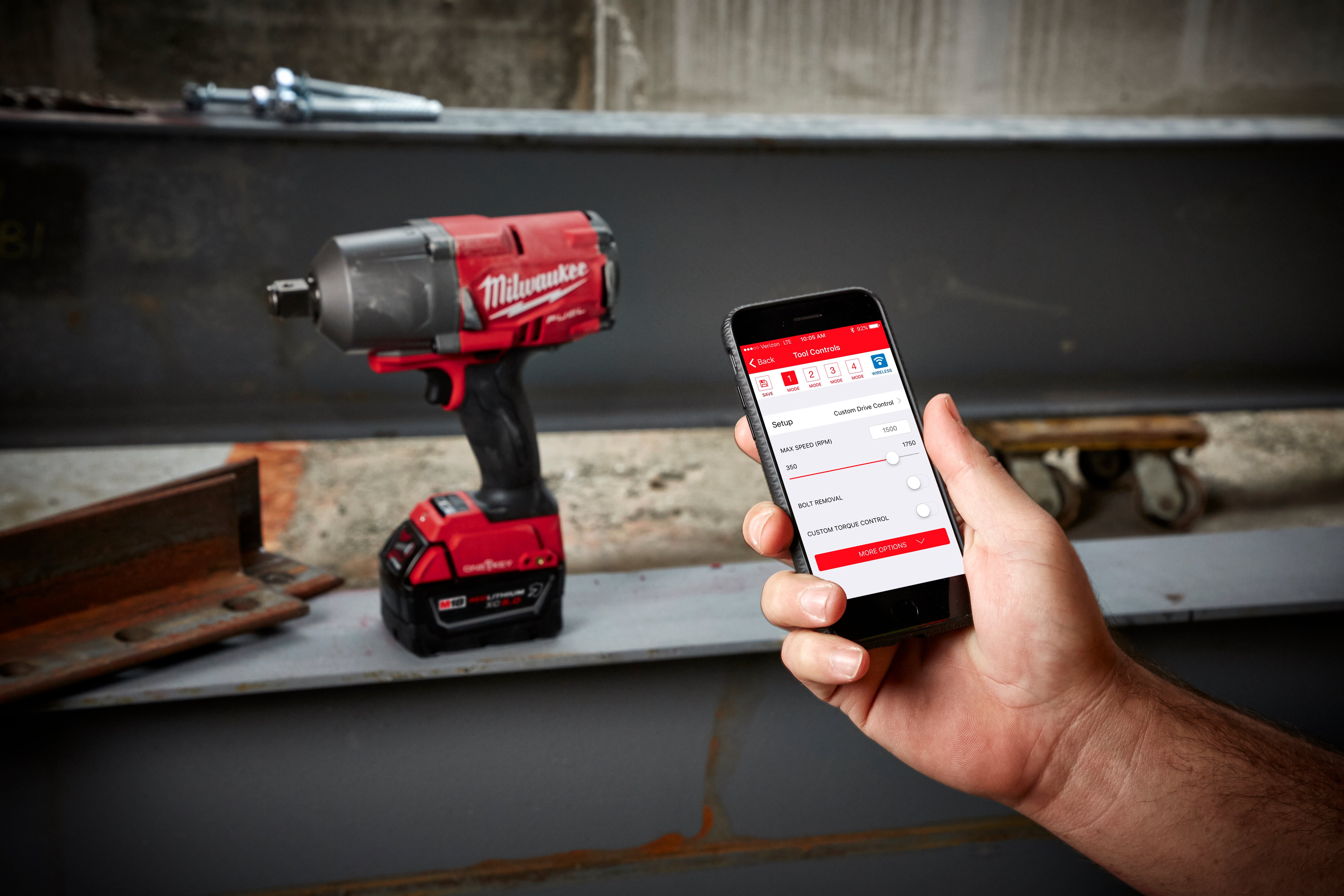
A recent story from Bloomberg begs the question: Is there a shortage of plumbers, and if so, what’s the driving force?
Jump Ahead:
Is There a Plumber Shortage?
A simple answer: Yes. Putting it into context: We’ve covered how skilled trades have been in high demand, driven in large part by labor shortages across the industry (job openings outpacing job seekers).
Recent coverage from Bloomberg reinforces these worries, particularly among the plumbing trade, showing there are fewer plumbers than needed to replace those headed into retirement, with the number of job openings for plumbers, pipefitters, and steamfitters expected to average 42,600 per year (per the Bureau of Labor Statistics).
Are Plumbing Companies Charging More because of the Shortage?
Over the past few years, compounded with labor shortages have been material shortages (particularly a pipe material shortage) that have seen PVC pipes surging by 319% since 2019 in some areas.
Contractors can negotiate supply chain issues through skillful inventory management strategies, such as having a sound approach to procurement and safety stock, and determining a good inventory turnover rate.
Tradespeople Shortage: Is There Really a Skilled Trades Shortage?
Short answer: Again, yes. The recent Bloomberg highlights one piece of a larger, industry-wide tradespeople shortage.
A sober story, “The Great Electrician Shortage,” from the New Yorker offers a critical look at the state of the electrical trade nationwide and features many admirable quotes about the importance of attracting young people into the industry, like this one from Bill McKibben: “If you know a young person who wants to do something that’s going to help the world and wants to make a good living at the same time, tell them to go become an electrician.”
A story in White House Chronicle, a weekly news and public affairs program that airs nationwide on PBS, highlights how the skilled worker shortage stems beyond the plumbing and electrical trades:
- In the housing industry, architects tell White House Chronicle founder Llewellyn King "new construction isn’t happening because of the skilled worker shortage. Projects are being shelved.”
- In the transportation sector, “Auto dealerships are scrounging for mechanics,” writes King, while likewise “Skilled workers are in short supply for the railroad and bridge industries.”
- President Biden has "almost ceaselessly promoted solar and wind generation as job creators,” King references the Biden Administration’s clean commitment to clean energy and the creation of clean energy jobs such as solar panel installers and wind turbine technicians.
Will Plumbers Be Needed in the Future and How Can the Industry Meet Demand?
Many outside the industry wonder, “Why do plumbers make so much?” Demand for their services, an aging workforce, and a short supply of emerging talent as older workers age out will continue to give plumbers leverage. Furthermore, as an oftentimes union job with a high-paying apprenticeship, young people will find that the pathway to becoming a plumber earns them less debt than their classmates who pursue a traditional bachelor’s degree, on top of having a sharper income potential directly out of high school and greater job security (particularly relevant in the current corporate climate as once coveted big tech salaries are unceasingly cut).
Plumbers, like many trades, will continue to be in high demand.
In 2022, a lack of licensed tradespeople “who install and fix bathroom fixtures and piping systems drained $33 billion from the economy,” a report from bathroom-fittings maker Lixil found (via Morning Brew).
The same report estimates the that US will be short 550,000 plumbers by 2027, which can drive up costs for customers and affect the expansion of new buildings for businesses. The Morning Brew also points out that these shortages “can also delay flood recovery efforts and building upgrades to make water systems more efficient.”
Here’s what the industry can do to meet demand:
Focus on Trade Education and Industry Partnerships
Milwaukee Tool has long sponsored apprentice contests and leveraged partnerships with entities like the Plumbing-Heating-Cooling Contractors Educational Foundation as a commitment to workforce development in the industry.

Providing donations of innovative press tools and joining the educational foundation board of governors are among the company’s recent commitments. Strategic partnerships with industry manufacturers like UPONOR®, meanwhile, have helped deliver industry innovations like the M12 FUEL™ ProPEX® Expander w/ expander heads specifically designed for UPONOR® ProPEX® connections to deliver fast potable water installations from expansion to seal.
Problems remain:
This above-mentioned report represents low-hanging fruit for the industry to execute on. Many colleges have long supported trade education.
Continued educational program development and partnerships between hiring companies (e.g., apprentice programs at community colleges) and community colleges can help bridge the gap between skilled trade shortages and workers looking for skills training.

What’s more, the demand to enter the trades is growing. Consider how the College of Southern Nevada has developed over 180 trade programs for students ranging from certifications to two-year degrees, and has seen double-digit growth just as many traditional four-year colleges have seen closures and mergers.
“Two-year trade schools [... ] are seeing huge increases in enrollment,” writes Nevada Public Radio Multimedia Content Producer/Reporter Christopher Alvarez. “ In 2022, construction students grew 19%, mechanics and repair students by 11%, precision and production students by 17% and culinary students saw a 13% growth.”
High schools are seeing a return of shop class, CNBC reports. Continued partnership here represents another avenue for getting young people interested in the trades early on. US News provides an interesting article in favor of bolstering career and technical education for high school aged students.
Technology to Meet Demand
Technology advancement in the industry can help ensure that plumbing professionals can perform their jobs more efficiently, safely, and with greater quality assurance and a higher degree of productivity and performance.
- Press Tools: Modern press tools help create secure, leak-free, and permanent connections between pipes and press fittings. The M18™ FORCE LOGIC™ Press Tool w/ ONE-KEY™ features REDLINK™ electronics that provides the highest level of press accuracy and reliability available in the industry, auto-cycle which assures a full press every time, and One-Key compatibility that facilitates logging and data upload for performance monitoring and provides you peace of mind in quality connections.
- Pipe treading: Innovations in pipe threaders like the M18 FUEL™ Compact Pipe Threader w/ ONE-KEY™ include machine learning applications to prevent dangerous kickback events and a locking die head interface to prevent die head ejection and side grip to eliminate the need to contact the spinning die head when starting threads.
- Cordless vacuum pumps to reduce the hassle of cords and providing instant power for fast evacuations.
- Drain cleaning innovations like the MX FUEL™ Sewer Drum Machine w/ POWERTREDZ™ that delivers Lift Assist technology that allows users to perform one-person transportation of the machine up and down stairs as well as in and out of a service van and the power to clear roots while containing the mess with a fully closed drum.
One-Key Connectivity
ONE-KEY™ is Milwaukee Tool’s connectivity platform, and it delivers plumbers a free-to-use, fully customizable app and IoT-connected Milwaukee® smart tools are backed by the industry’s largest Bluetooth® tracking community, to help you connect sites, people, and equipment.

Innovations that One-Key connectivity offers to plumbers include digital twin applications, synchronizing the physical and digital worlds to facilitate greater data management, onsite practices, and drive better productivity outcomes.
Innovations that One-Key connectivity offers to plumbers include digital twin applications, synchronizing the physical and digital worlds to facilitate greater data management, onsite practices, and drive better productivity outcomes.
- Inventory tracking and management – One-Key provides plumbers with a wealth of inventory management tools (both hardware and software solutions) to improve their businesses. Some of these solutions include:
- Asset ID Tags offer construction-grade adhesives, 2D matrix codes for easier scanning, and heavy-duty construction to stand up against harsh jobsite conditions. Asset ID tags can be helpful to provide scan-in/out location timestamps when managing a large team.
- Bluetooth® Tracking Tags - a vast improvement on the outgoing TICK™ tool and equipment tracker, Milwaukee Tool’s Bluetooth Tracking Tag can be strapped to a piece of equipment to deliver a comparable community Bluetooth tracking experience of One-Key compatible tools. An increased range as well as more advanced features (e.g., onboard NFC and an accelerometer) as well as an industry-first onboard speaker help you keep track of your assigned inventory items.
- Tool Kitting - the ability to sort together (and digitally keep track of) bulk sends you may be carting out of a shop, into a service van, and onto a job (and back).
- Compatibility with PACKOUT™ - the above-mentioned software feature pairs well with our modular storage system, PACKOUT, which is what we’ve witnessed with end users taking advantage of the two systems in parallel, to better connect physical and digital organization.
- Smart Tools – Smart tools from Milwaukee Tool offer additional advantages, including:
- Standard Bluetooth tracking, which includes security features like “tool lockout.”
- Utilization data (on select models) that can be rolled into customizable reports for quality assurance purposes.
- Full customization (on select models) that includes application-specific customizable smart controls to deliver repeatability in the application (and virtually limitless customization and storage via the mode library).
As a reminder, the One-Key app is free and available for anyone to use (and manufacturer-agnostic)!

Bottom Line
The Bloomberg article (and many like it) helps shed more light on a wider industry problem we’ve long been aware of.
The good news (for the industry): Plumbers remain in demand, and there’s continued interest in the trades. Continued education about trade education and careers in construction continue to be a top priority. But we’re confident that a resurgence in interest in the professional trades and the advent of technology will help drive continued awareness and propel the industry to new heights.